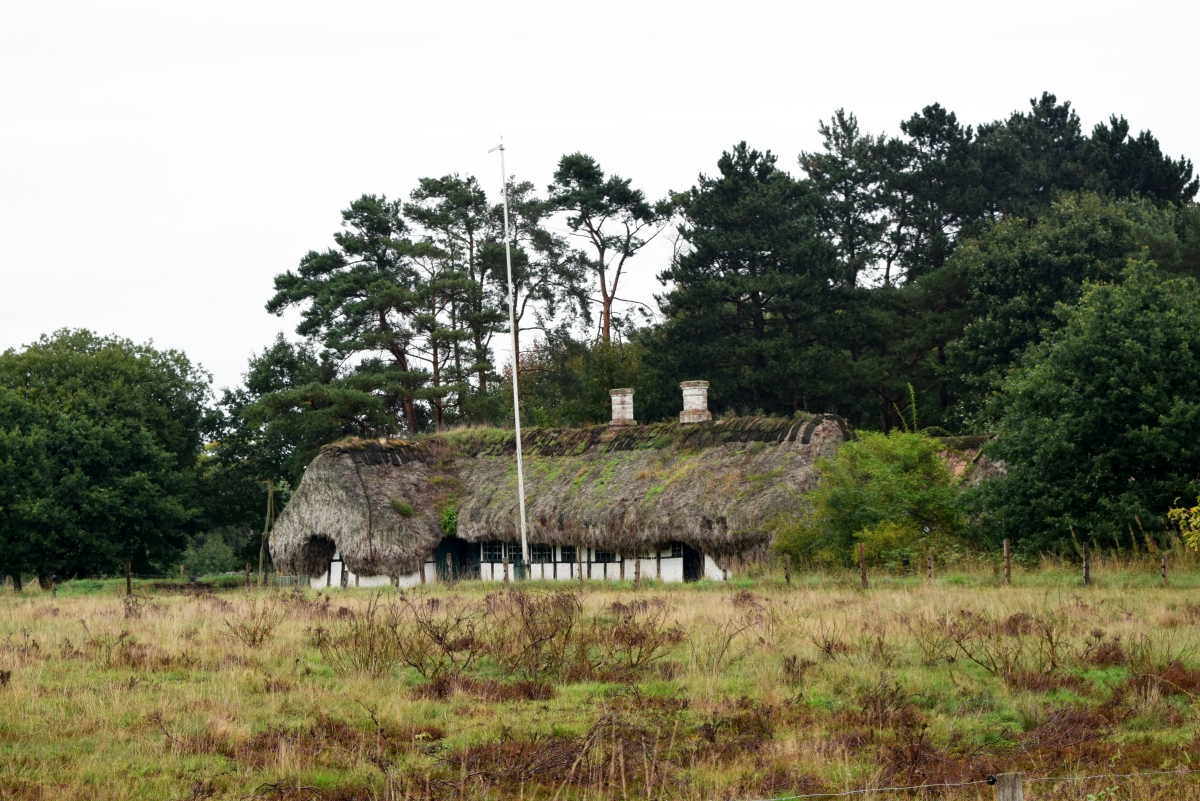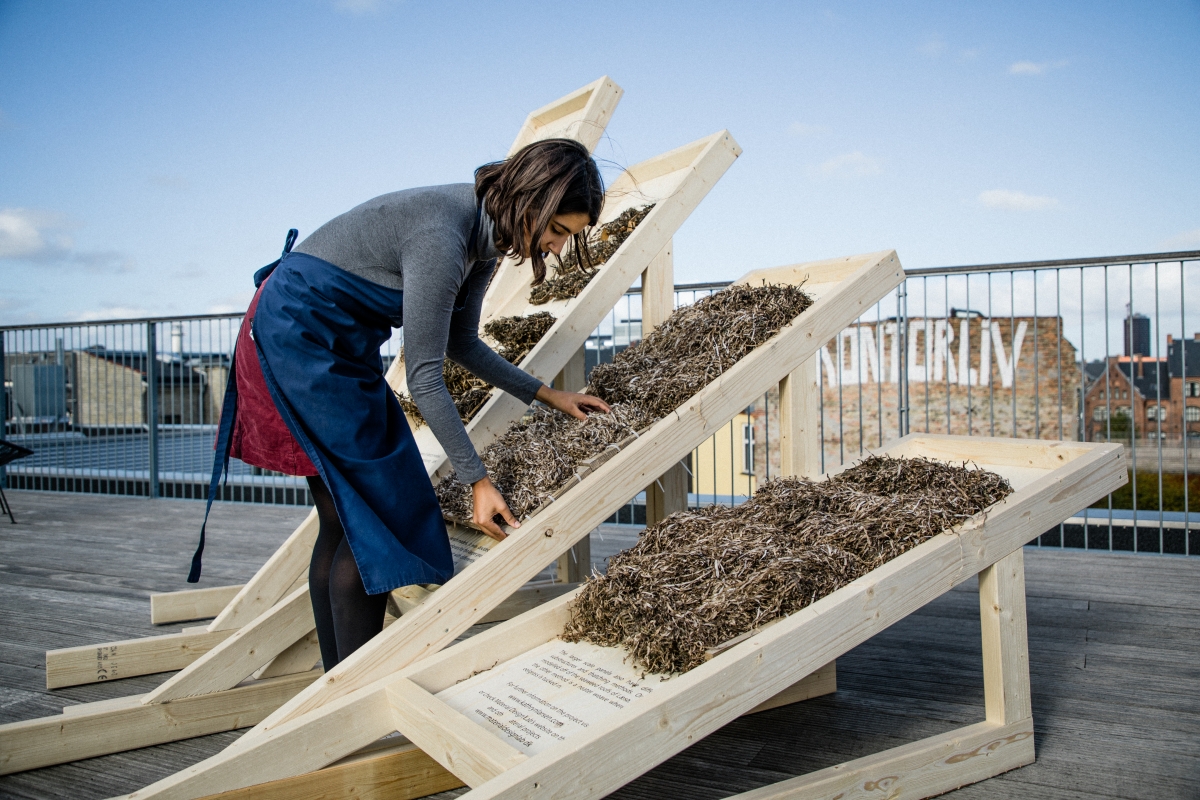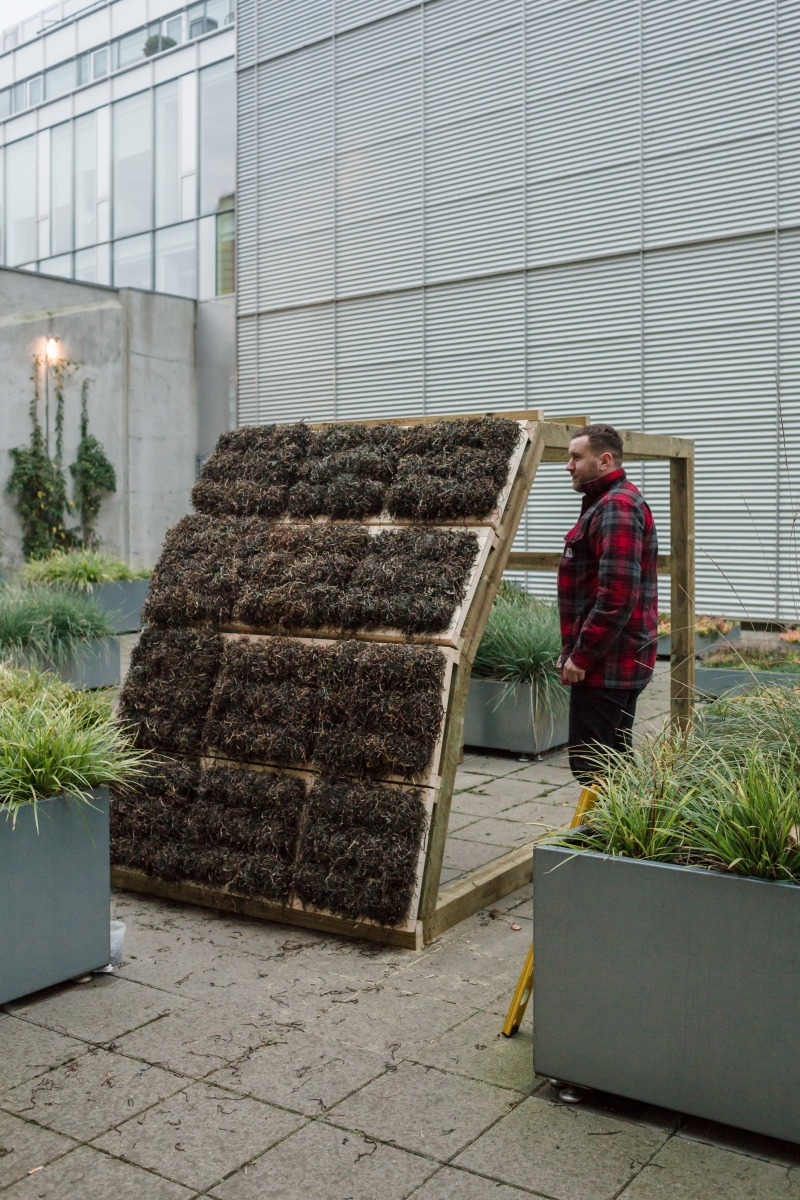Climate disasters and architecture
On the surface: seaweed reimagined
Kathryn Larsen studio
picture
Kathryn Larsen
Are there building materials that are beneficial to our lives without harming the environment? Architect Catherine Larsen found her own answer to this dilemma at sea. The search for “seaweed architecture” began when he saw a house topped with bundles of seaweed on the island of Lisso, far from mainland Denmark. Among them, the aquatic plant that he searches for most intensely is the aquatic plant. As a perennial aquatic plant, Nasamal is hardy enough to inhabit most of the Northern Hemisphere except for the polar regions, and grows in colonies in slow-flowing rivers or in shallow ponds. The stem is long and the thin roots are clustered at the tip, but when they wither, the tip curls into a hook, which increases cohesion. These strong screws perform best when installed as exterior building materials. Thanks to the ecological characteristics of growing in water, it can adapt well to changing weather, retain moisture and heat, repeatedly exhale, control insulating and flame retardant performance. In addition, it has the advantage that it does not produce waste because it can be used as a fertilizer if the durability is low. It is said that this harmless building material has been in use for a long time in fact. There is a record of plastering work by grinding and kneading seaweed with lime even in the Joseon Dynasty, and in the neighboring country, Shandong, China, a private house similar to the roof seen by Catherine Larsen in Denmark still survives. Even in Northern Europe, including Denmark, there were many cases of building houses with seagrass even 100 years ago. And in the early 1930s, an epidemic of a pathogenic strain of Reticulocytes near the Atlantic caused a sharp decline in seaweed populations and the number of seagrass establishments.
Learn about : the importance of the facade of the building in architecture
In former seagrass architecture that is disappearing at a rapid pace, Katherine Larsen has been trying to find the potential for eco-friendly architecture. “Reimagined Seaweed”, built in Neurebro, Denmark, is a project of replacing the roof of an old house with a new material, and it seems more appropriate to view it as a series of experiments with building materials rather than a single work. This is because this project is a continuum of architectural experiences that make modules from the same materials and complement their building techniques. Threaded plates, often applied in Katherine Larsen’s seagrass construction projects, are made with a manufacturing process as simple as their shape. After making 16 square holes in a 100 x 100 mm wooden frame, then screwing the screws into the applied surface with casein and gelatin glue, one seaweed construction board is completed. Casein is a protein precipitate obtained by dropping an acid into milk, and gelatin is a semi-solid protein obtained by boiling skins and bones. Recently, Catherine Larsen is developing a new building material from seaweed based on this model. Also involved in the research are Kirsten Lindsey and Tobias Gumstruff, who produce insulating foam and sound-absorbing panels with screws. It aims to reduce construction costs by making seagrass building materials that can be easily installed in prefabricated wood construction and remodel projects, as well as creating a commercial model that meets current energy performance standards.


أندرس لورنتزن

© Kelly Hudson
Climate disasters and architecture
▲ space and space and space
the design
Kathryn Larsen
Structural design
Kathryn Larsen and Monica Zechettet
Construction
Gabriel Pantoza, Andrei Mokarov, James Birkenshaw
Establishment period
2018~present
owner
Marco Hansen is dead and Ank Fasold
biomaterials production
Kathryn Larsen
Watch more: SOUL Sound Framework transports you to nature


 العربية
العربية